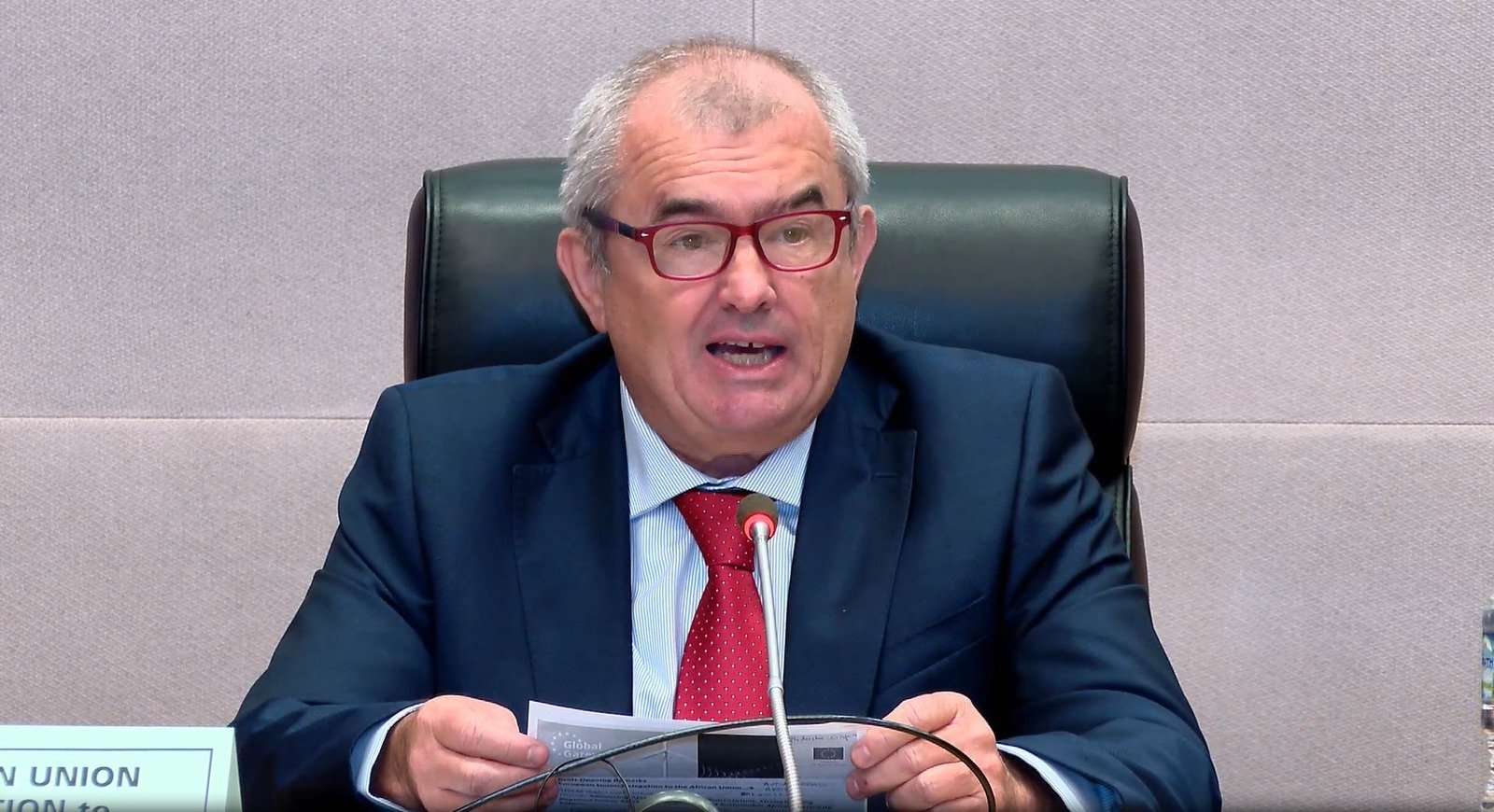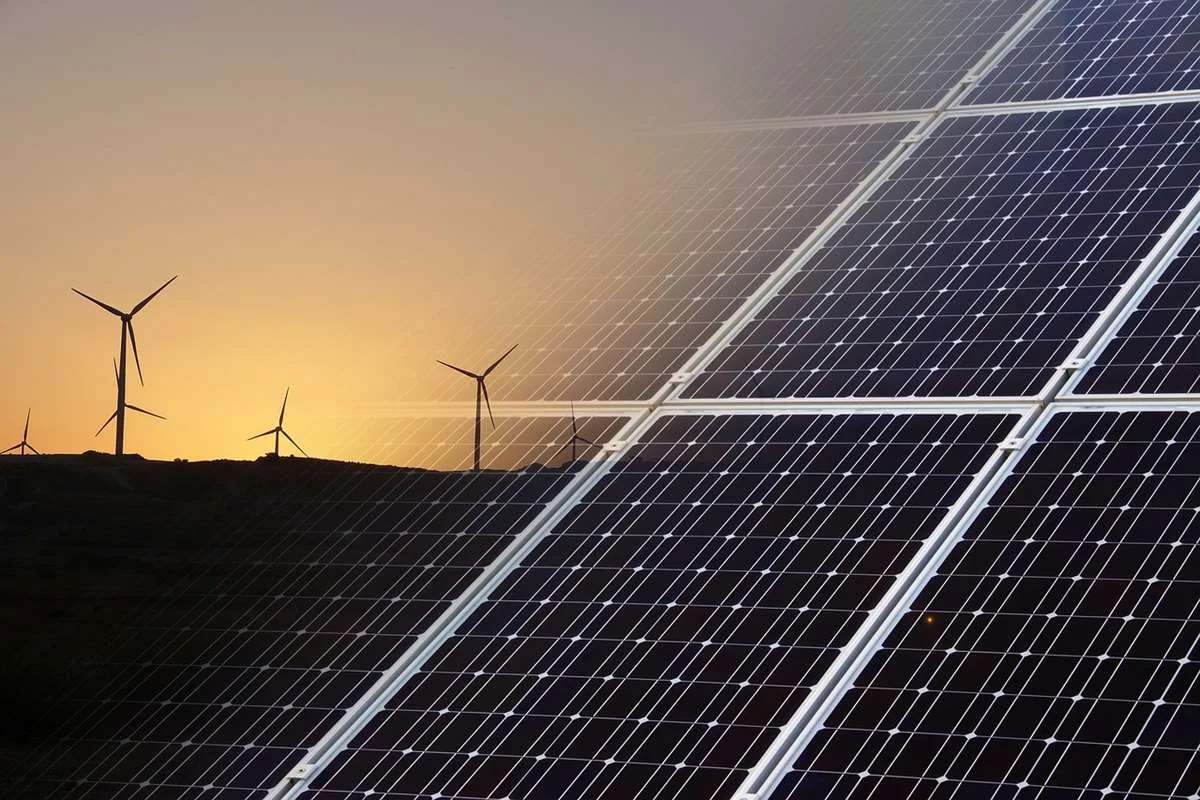Poland’s government has extended the energy price freeze until the end of 2025, keeping electricity rates for households in tariff group G at 500 PLN net per MWh. The current market rate, set by energy suppliers like PGE, Enea, and Tauron, is 622.8 PLN per MWh. The government will cover the difference, ensuring stable costs for approximately 16.4 million consumers, including over 10 million on regulated tariffs.
Prime Minister Donald Tusk reassured citizens that they can expect lower energy bills in the future, marking the start of a broader government initiative to reduce energy costs. Finance Minister Andrzej Domański expressed optimism, citing a 30% decrease in wholesale energy prices over the past year. He anticipates that household electricity costs will be lower next year, attributing this trend to ongoing energy market transformations and increased investments in energy networks and storage solutions.
Experts confirm that energy prices in contracts for the upcoming year are significantly lower, yet they note that these decreases are influenced by complex factors, including the global resource crisis and the war in Ukraine. After reaching peak prices in 2022, costs for coal and gas have steadily declined, with coal prices in Rotterdam dropping from $370-400 per ton to around $104, and gas prices at the Dutch TTF hub falling from €350 per MWh to €35-37.
The increasing presence of renewable energy projects is also contributing to price reductions. The government’s new regulations not only maintain the price freeze but also introduce important changes to wind farm regulations. The minimum distance between wind turbines and buildings has been reduced to 500 meters, and a benefit-sharing scheme for local residents will be implemented, promoting community participation in wind energy development.
From July 1, 2025, Poland will launch the Central Electricity Market Information System (CSIRE), which will collect and process data from consumers and energy producers to facilitate quicker energy supplier changes and the adoption of dynamic pricing.
While the outlook appears positive, market volatility due to geopolitical events remains a concern. However, Domański emphasizes that reducing bills involves a comprehensive strategy for energy transformation aimed at providing affordable energy for Polish businesses as well. The combination of price stabilization policies and renewable energy development illustrates Poland’s commitment to a sustainable energy future.




